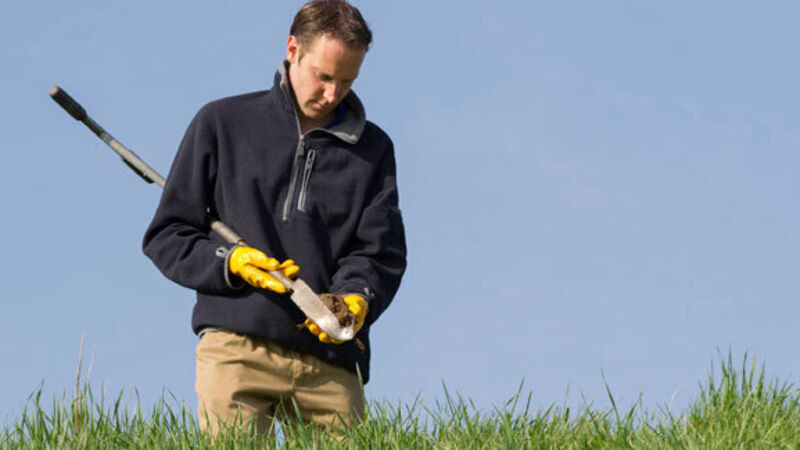Soil fertility is essential for optimum agriculture yields

On many drystock farms there is considerable potential to increase grass production.
Maintaining or improving soil fertility is the first step in increasing annual grass production.
Try from €1.50 / week
SUBSCRIBEOn many drystock farms there is considerable potential to increase grass production.
Maintaining or improving soil fertility is the first step in increasing annual grass production.
Already a subscriber? Sign in
You have reached your article limit.
Annual €130 €80
Best value
Monthly €12€6 / month
Introductory offers for new customers. Annual billed once for first year. Renews at €130. Monthly initial discount (first 3 months) billed monthly, then €12 a month. Ts&Cs apply.
Newsletter
Keep up-to-date with all the latest developments in Farming with our weekly newsletter.
Newsletter
Keep up-to-date with all the latest developments in Farming with our weekly newsletter.
Newsletter
Sign up to the best reads of the week from irishexaminer.com selected just for you.
Newsletter
Keep up with stories of the day with our lunchtime news wrap and important breaking news alerts.
Tuesday, December 9, 2025 - 6:00 PM
Tuesday, December 9, 2025 - 6:00 PM
Tuesday, December 9, 2025 - 8:00 PM
© Examiner Echo Group Limited